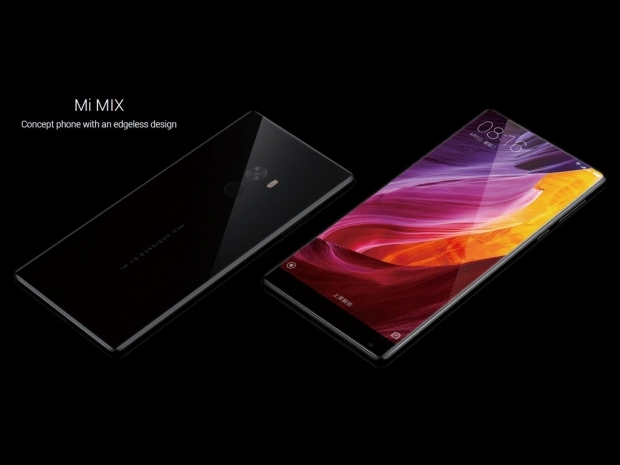The new Xiaomi Mi Mix is a 6.44-inch phone that sits in a case with almost no bezel, and with a footprint not much bigger than the 5.5-inch iPhone 7 Plus. Now that's proper innovation. We've already shared our first thoughts about the Mi MIX phone in detail.
The phone looks stunning, and the fact that the company is using a pricey ceramic case, along with innovative technologies such as a cantilever piezoelectric ceramic earpiece, ultra-sonic proximity sensor, a smaller front-facing camera module, and a full ceramic body are just some of the challenges that Xiaomi had to overcome. The end result is an impressive phone with almost no bezel on three out of four sides, and a record-breaking 91.3 percent screen-to-body-ratio. To put things in perspective, the iPhone 7 Plus has a 67.7 percent screen-to-body ratio. All this, and the phone has 4GB RAM and 128GB UFS 2.0 storage, the Snapdragon 821 with Snapdragon X12 modem or 6GB RAM and 256GB UFS with the same spec.
The 6.44 phone that is as big as iPhone 7 Plus
The iPhone 7 Plus measures 158.2 mm (6.23 in) x 77.9 mm (3.07 in) W x 7.3 mm (0.29 in) D, while Xiaomi's Mi Max, another 6.44-inch phone, measures 173.1mm x 88.3mm x 7.5mm. At 158.8 mm x 81.9 mm x 7.9 mm, the Mi Mix is just slightly taller and wider than an iPhone 7 Plus, and substantially smaller than Xiaomi's first 6.44-inch device.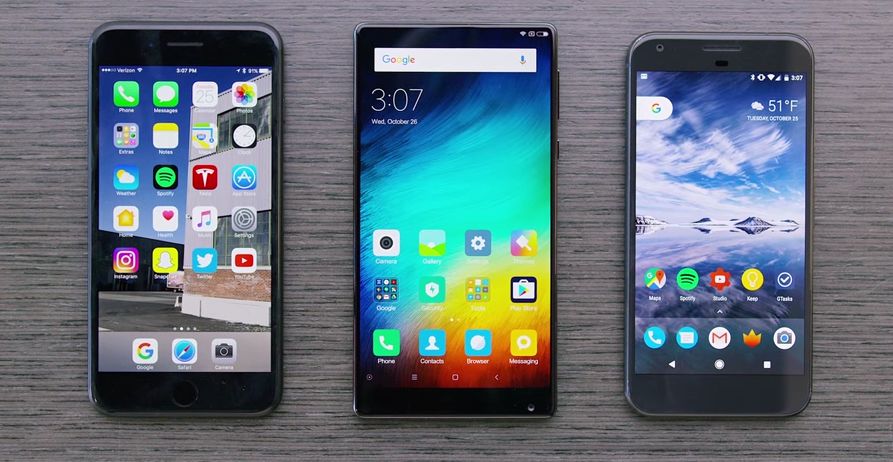
Make no mistake, not playing safe, thinking outside the box, and getting out of the comfort zone was what made this phone possible. Apple is still milking an improved iPhone 6 design that it slightly improved in the iPhone 7. Conceptually, the iPhone 7, is a faster version and slightly improved on the general design concept of a phone dating back to 2014. An additional point we want to put is that the iPhone 6 is essentially a bigger version of iPhone 5, so it is easy to recognize that Apple has been using a simple doctrine:
If it ain't broke - don’t fix it!
Even Samsung or, the much-praised Pixel by Google look unimpressive compared to the Mi Mix. The Samsung Galaxy Note 7 is a great phone in a plastic case, the Galaxy Note 7 was a nice looking, unnecessarily expensive phone that finished its market life much earlier than anyone expected, erasing billions of Samsung's market cap in the process.
Xiaomi’s market share woes
However, Xiaomi didn’t get everything right. The company launched so many phones in 2016 that we lost track a couple of months ago. It looks like they're launching a new phone every week. This is usually a sign of weakness, and it's understandable that Xiaomi is desperately trying to get back to the top spot in the Chinese market.
In Q2 2016, Samsung had 22.8 percent, Apple 11.7 percent, Huawei 9.3 percent, Oppo dropped from 5.9 percent in Q1 16 to one percent in Q2, while Vivo increased its market share from 4.4 to 5.9 percent.
According to IDC research data, Xiaomi managed to sell 10.5 million phones in Q2 2016, seizing some 9.5 percent of the top five vendors in China, finishing up at fourth place. In Q2 2015, Xiaomi managed to sell 17.1 million phones holding 16. 1 percent of the market. This is a whopping -38.8 percent drop year-over-year.
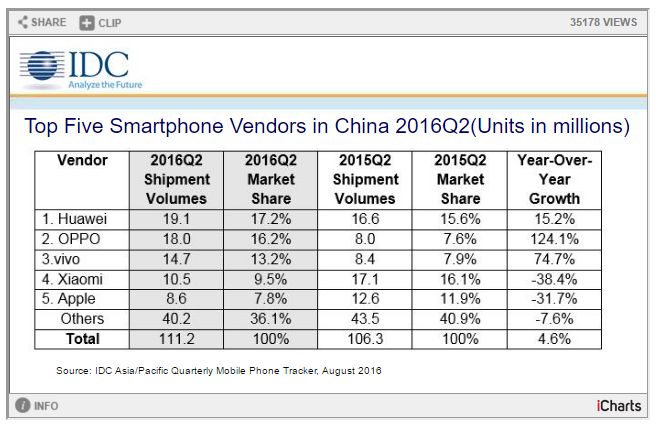
Here at Fudzilla we pay a lot of attention to the China market, as it's all about volume and value. You can buy a decent mainstream phone in China and get it shipped to Europe, USA or the rest of the world. The competition is insane, both in terms of features and price. For example, the new Elephone S7 with MediaTek Helio X20 deca-core, 2GB RAM, and 16 GB sells for $149.99 and even the 4GB RAM and 64GB storage version sell for slightly more than $200. Yes, we know that this is not the best phone in the world, but most people would be surprised by the quality and performance of such a handset, especially considering the price. Helio X20 makes the phone rather fast and responsive and it generally works really well. It's now available in phones starting at $150, like the Xiaomi Redmi Note 3 Pro and the Elephone S7. 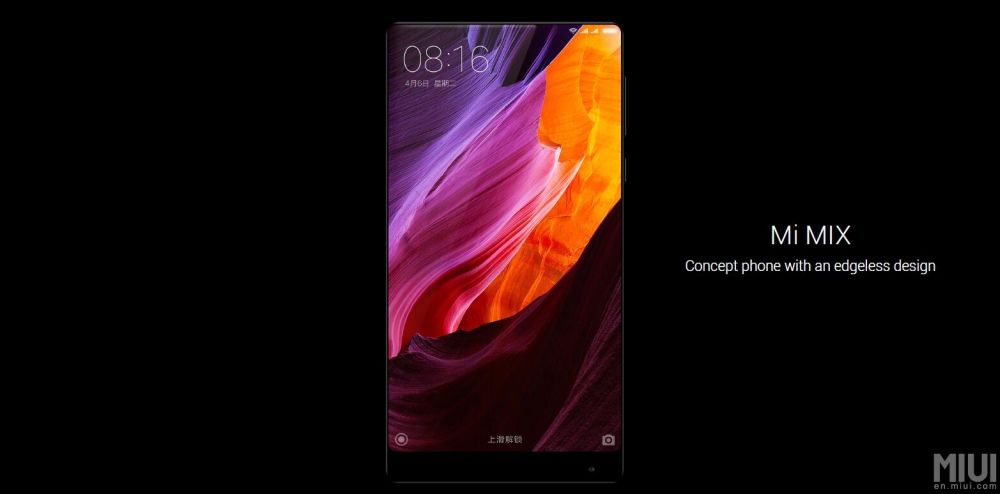
But Xiaomi didn't lose market share because it did not have great value phones. It was outmaneuvered in the high-end space, but it's getting back into the game with a flood of fresh high-end designs. The Xiaomi Mi5S with 3GB RAM and 64 GB storage sells for €302.15 or $335.99 making it incredibly attractive, and the old Mi5 version is even cheaper. The Mi5s comes with the latest and greatest Snapdragon 821 SoC, a massive 12.0MP rear camera with PDAF with dual-tone flash light, and a 4.0MP front camera with an f/2.0 aperture.
Despite the impressive spec, this phone sells for about half of what a Galaxy S7 would cost you. Make no mistake, the Xiaomi Mi5 and follow-up Mi5S are really good flagship phones that work well and outperform most devices in their price bracket.
Think different?
That's just part of Xiaomi's high-end push. With the Mi Note 2, and the Xiaomi Mi Mix, the company has a chance to attract some upmarket consumers who find traditional "flagships" to be junk and unimpressive. In fact, we could argue that the Mi Max has the potential to attract new consumers at the high end, people who never owned a Xiaomi phone before. The Mi Mix looks insanely cool and different, and unlike most Chinese phones, few people could argue it was inspired by either Apple or Samsung.
Therefore, if you want to draw attention to yourself, the Mi Mix looks like a great proposition. People will instantly notice that you have a phone that stands out among hundreds of different smartphone designs that come out every year.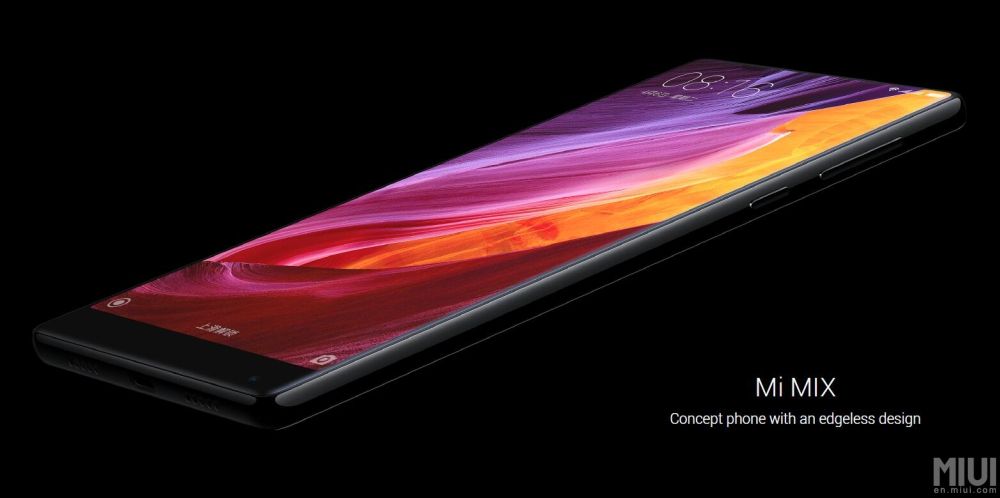
We see Xiaomi's Mi Mix as a good thing for the industry in general, not just the Chinese brands. In a stale and boring market, rendered unexciting by slow innovation, where phones got faster processors and better cameras each day, the Mi Mix stands out like a beacon. It's just too different, and therefore it could shake up the market and should be seen as a wake-up call for complacent industry leaders. The game is on, but creating a mouthwatering phone design is just one part of the story. Xiaomi still views this phone as a concept, despite the fact that it's going on sale. Maybe it's just playing it safe, or maybe it still needs to figure out some UI problems?
We want to leave you with one final thought. If Apple launched such a phone, it would be game over for the competition.

